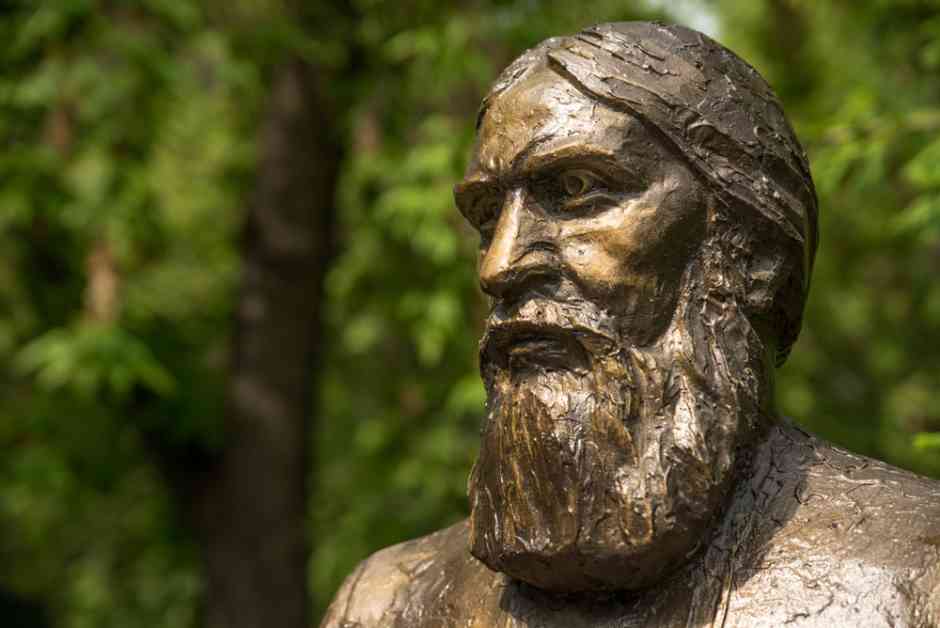Grigory Yefimovich Rasputin, the Mad Monk of Russia, is a figure shrouded in mystery and controversy. While popular culture has painted him as a scheming sexual predator who held a malevolent influence over the Russian royal family, historian Douglas Smith reveals a more nuanced and complex truth about Rasputin in his biography, “Rasputin: Faith, Power, and the Twilight of the Romanovs.”
Rasputin was born in Siberia in 1869 and rose to prominence in St. Petersburg, catching the attention of Tsar Nicholas II and Tsarina Alexandra. Contrary to popular belief, Smith argues that Rasputin’s influence on the royal couple was not as all-encompassing as legend suggests. While he did offer advice on state matters, Rasputin did not control the Tsar, and his influence was not always negative. In fact, Rasputin’s plea to Nicholas to avoid entering World War I could have altered the course of history and prevented much bloodshed.
One of the most enduring myths surrounding Rasputin is his supposed ability to heal the hemophilia of Alexei, the Tsar’s son. While some believed Rasputin possessed miraculous healing powers, it is more likely that his calming presence and advice to limit the interference of doctors may have helped alleviate Alexei’s symptoms. This insight into the treatment of hemophilia at the time sheds light on the true nature of Rasputin’s influence.
Rasputin’s death in 1916 at the hands of nobles led by Felix Yusupov further fueled the legend surrounding him. The conspirators believed that by eliminating Rasputin, they could save the royal family and the empire. However, Rasputin’s demise did not prevent the downfall of the Romanov dynasty, as the February Revolution and subsequent events led to their tragic end.
Despite the myths and misconceptions that have surrounded Rasputin, it is important to recognize him as a complex and intriguing figure of history. He was neither a saint nor a villain, but a man who lived in a tumultuous time and left a lasting impact on Russian history. By delving into the true story of Rasputin, we can gain a deeper understanding of the events that shaped the fate of the Romanovs and the Russian empire.
In conclusion, Rasputin’s legacy continues to captivate and mystify us, reminding us of the power of myth and the complexities of historical figures. As we explore his life and influence, we are confronted with a man who defies simple categorization and invites us to reconsider the stories we think we know. Rasputin’s enigmatic presence in history serves as a reminder of the layers of truth that lie beneath the surface of popular narratives.

